How To Bake The Perfect Yeast Bread Loaf
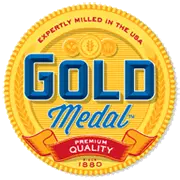
Who doesn’t love fresh-baked bread with its tantalizing aroma and homemade goodness? Making yeast bread from scratch is quick and simple. These tips from Gold Medal give you everything you need to know.
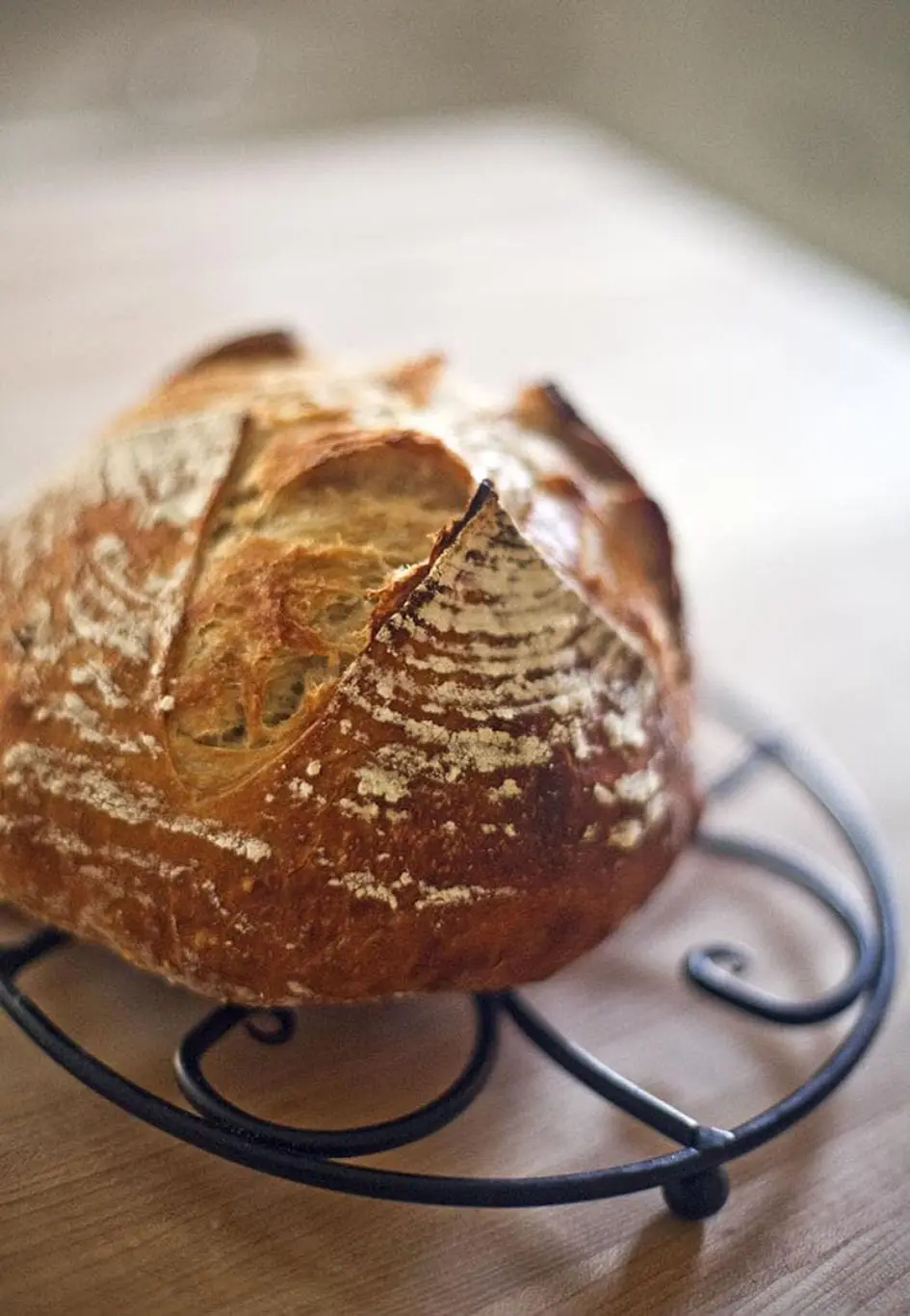
There are two types of yeast breads:
- Batter breads are —yeast breads made by mixing (but not kneading) dough. Batter breads are coarser in texture than kneaded bread and usually have only one rise.
- Kneaded dough breads are —yeast breads shaped by mixing and kneading dough. Kneading develops gluten from protein in the flour and produces bread with even texture and a smooth, rounded top.
How to Add Yeast to Bread Dough
Yeast bread dough recipes call for one of two yeast dissolving techniques:
- Quick-mix method—Mix yeast with part of the flour and add very warm liquid (120°F to 130°F).
- Traditional method—Dissolve yeast directly in warm water (105°F to 115°F).
Mixing and Kneading Bread Dough
You can mix and knead bread dough by hand, but a bread machine or heavy-duty electric mixer with a dough-hook attachment also works great. Follow manufacturer’s instructions for mixing times and dough volume.
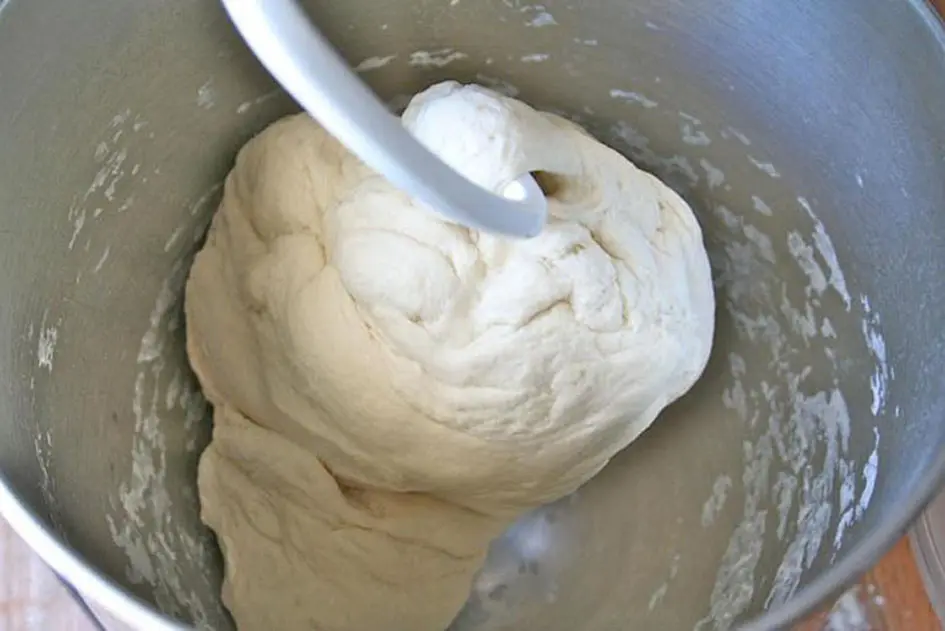
For great yeast bread results, try any of these Gold Medal® flour varieties:
- Gold Medal® Unbleached All-Purpose flour
- Gold Medal® Better for Bread® flour
- Gold Medal® Whole Wheat flour
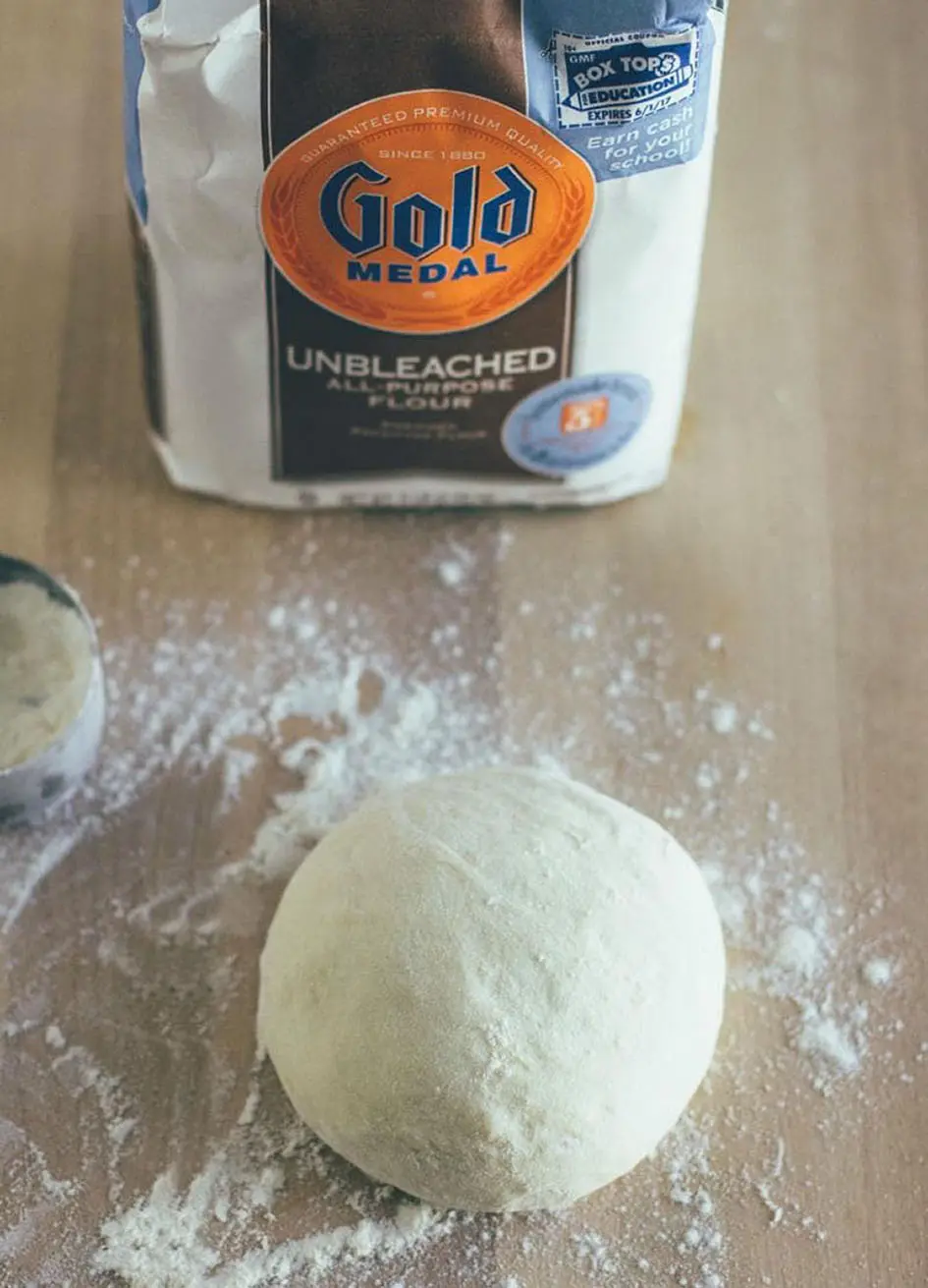
Interrupted during mixing or kneading?
Just pick up where you left off. Dough can wait as long as 15 minutes at room temperature. For longer interruptions, cover and refrigerate the dough for up to 4 hours to slow the rising process. When you return, gently push your fist into the dough to deflate it, and continue with the recipe.
How to Perfect the Rise on Bread Dough
A bit of easy prep work will ensure that your kneaded yeast dough doubles in size. Be sure to do the following:
- Grease a large bowl (twice as large as the dough) with shortening or cooking spray. Add dough, turning so all sides are greased.
- Cover the bowl with plastic wrap.
- Set covered bowl in a warm, draft-free place. You can also place the covered bowl on a wire rack over a bowl of hot water, or in a microwave beside a cup of steaming hot water (don’t microwave the dough).
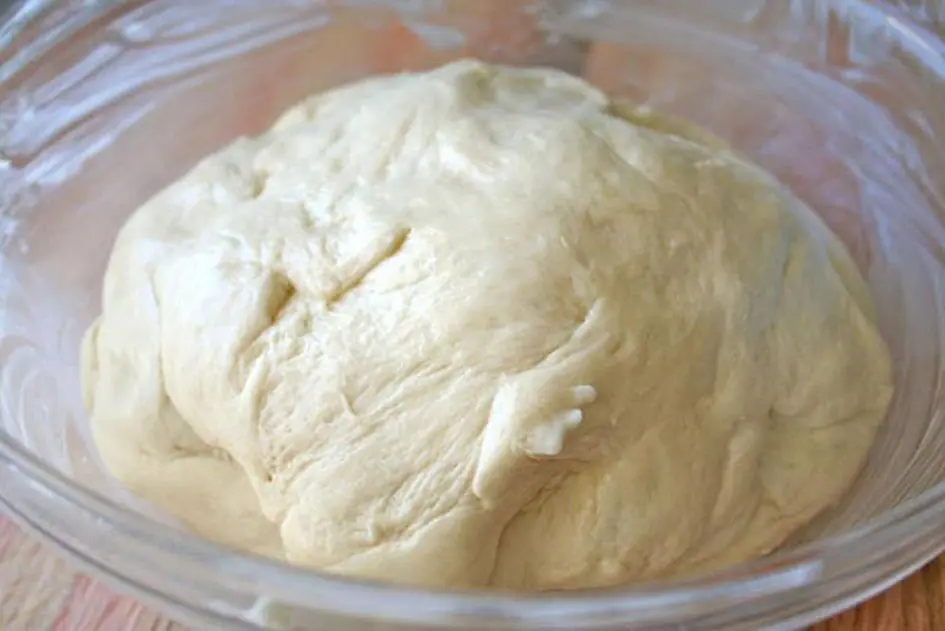
How to Glaze Yeast Bread
- For a shiny crust: brush the top of the bread with a beaten egg or egg white (with a little water added). If desired, sprinkle with rolled oats, poppy, caraway or sesame seed.
- For a deep golden brown crust: brush with softened butter or margarine.
- For a crisp crust: brush or spray lightly with water.
- For a soft, tender crust: brush with milk.
After glazing, slash top of the loaf with a sharp serrated knife, cutting about 1/4 inch deep down the center of the loaf or a few times across the loaf for the look of artisan bread.

Baking and Cutting Yeast Breads
- Adjust oven racks before preheating the oven.
- To get a crisp, brown crust, bake bread on a heated bread or pizza stone sprinkled with cornmeal. Slide the loaf on and off with a wooden bread peel (paddle). Cool the stone in the oven before removing.
- Stagger pans when making more than one loaf so they don't touch the oven sides or each other. Use a lower rack so the top of each pan is level with or slightly above the middle of the oven.
- Place bread baked on a cookie sheet or in a muffin pan on a rack in the center of the oven.
- Bread is done when the loaf sounds hollow to the touch. Remove loaves from pans immediately so the sides remain crusty. Cool on wire racks away from drafts.
- Place bread on a cutting board and slice with a serrated bread knife or electric knife. If bread is still warm, turn on its side to avoid squashing the top.
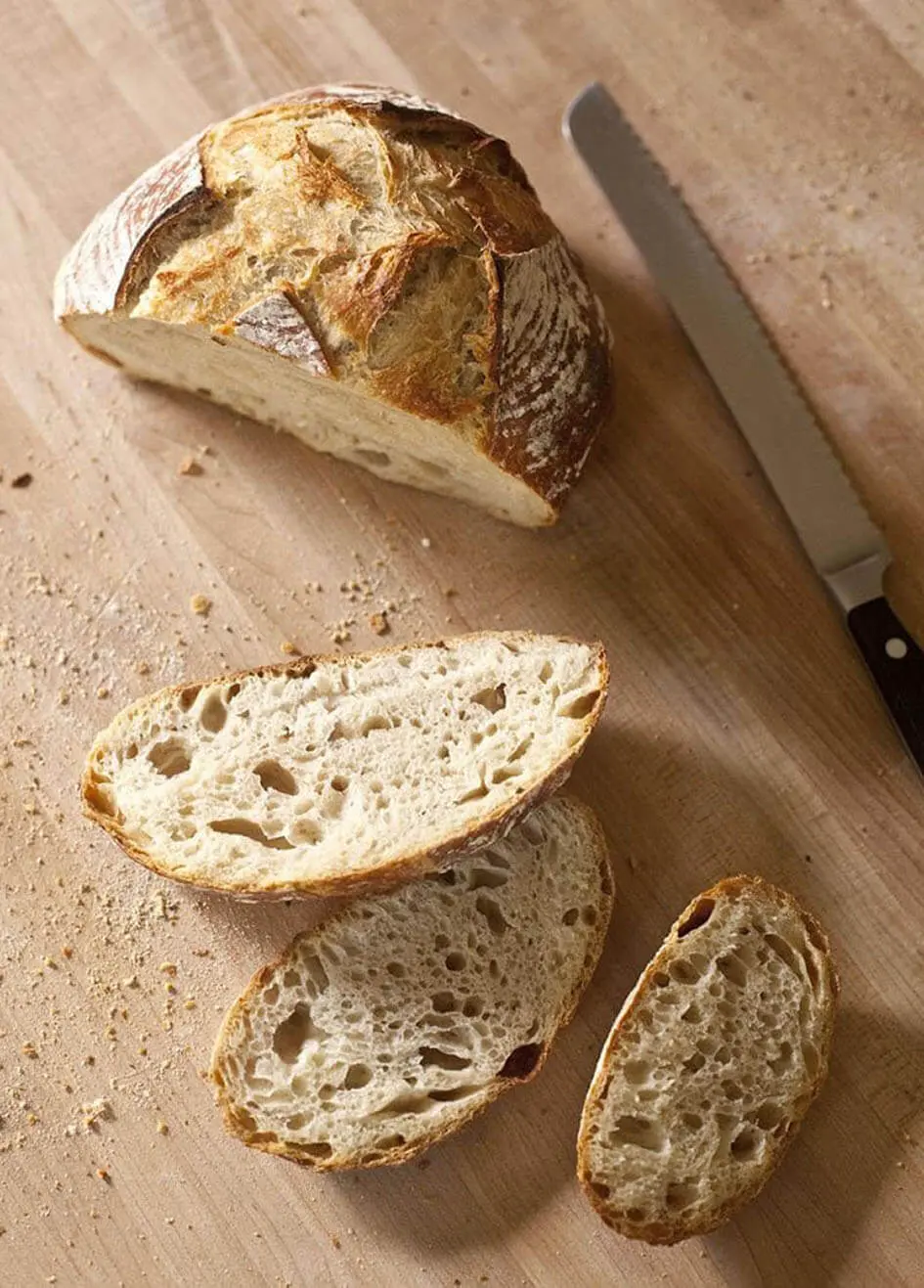
Storing Baked Yeast Bread
- Store breads and rolls in airtight containers in a cool, dry place for 5 to 7 days.
- Bread becomes stale faster in the refrigerator. Refrigerate only if bread contains moist or perishable ingredients, or if the weather is hot and humid.
- To freeze bread, wrap tightly in moisture-proof wrap or resealable plastic food-storage bags, label and freeze for 2 to 3 months.
- To thaw, let bread stand, wrapped, at room temperature for 2 to 3 hours or microwave on Defrost, following your microwave’s instructions.
- To warm thawed baked rolls and bread, wrap in aluminum foil. Reheat rolls in the oven at 350°F for 15 minutes and large loaves for up to 30 minutes. For a crisp crust, unwrap bread for the last 5 minutes of heating.
We hope our guide has helped you to bake the perfect yeast bread loaf! Looking for more baking hints and tips? View our recipes.
